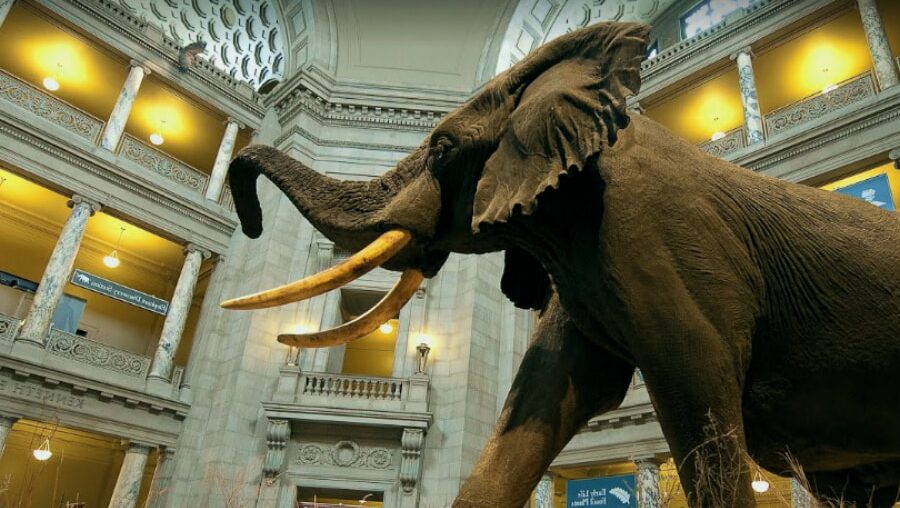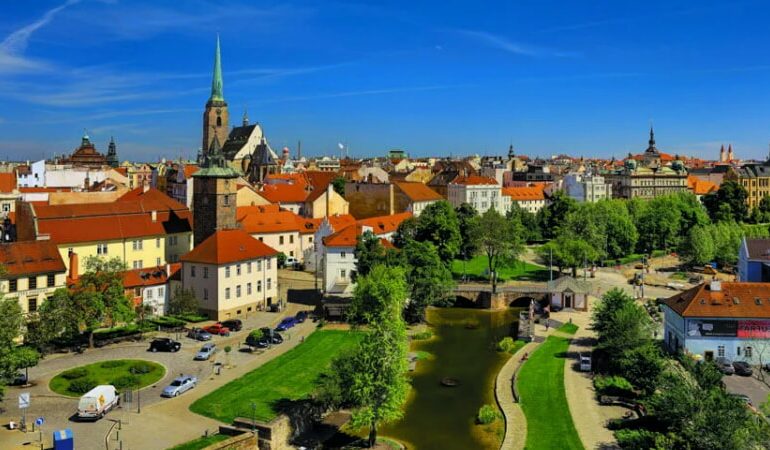The National Museum of Natural History is a complex of several rooms. It was built in 1910 and is under the direction of the Smithsonian Institution.
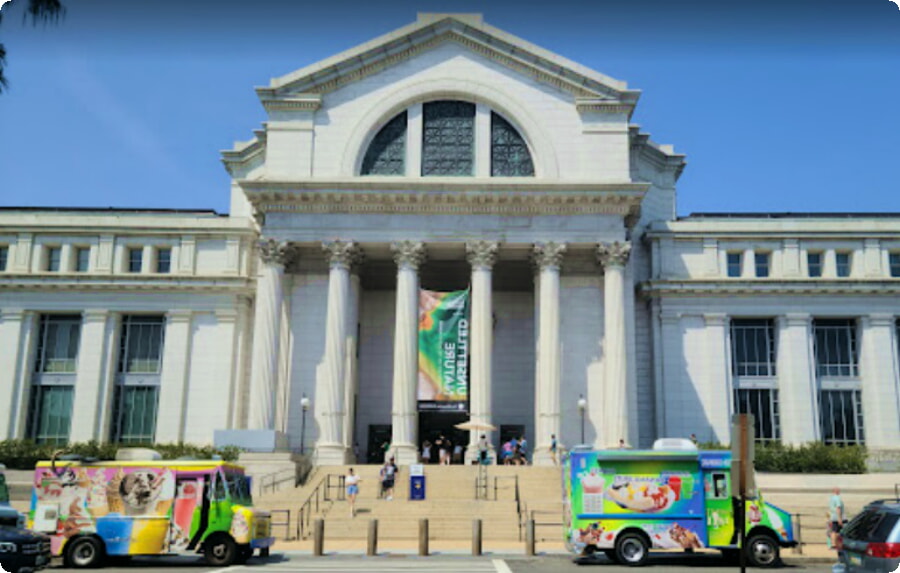
This attraction is located within the National Mall in the American capital. The entrance to the museum is free of charge. The building is open to visitors all days of the year, with the exception of Christmas.
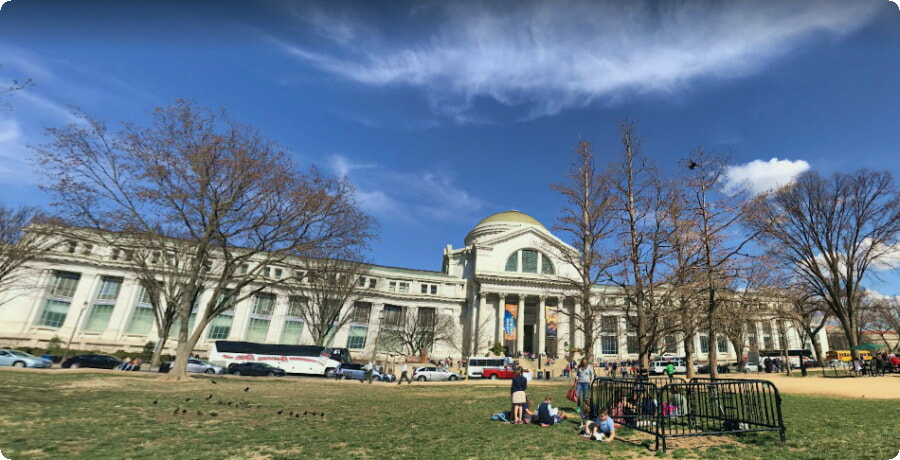
The structure stores more than 125 million samples of various fossil representatives of flora and fauna, as well as other historical artifacts. The normal functioning of the museum is ensured thanks to the activities of several hundred qualified specialists.
Showrooms:
Hall of Geology, Gems and Minerals. The State Depository of Minerals and Precious Stones is one of the largest collections in the world. It has such famous and valuable artifacts as the Asian Star and the Hope Diamond. In addition, on the territory of the hall you can see one of the largest sapphires on the planet.
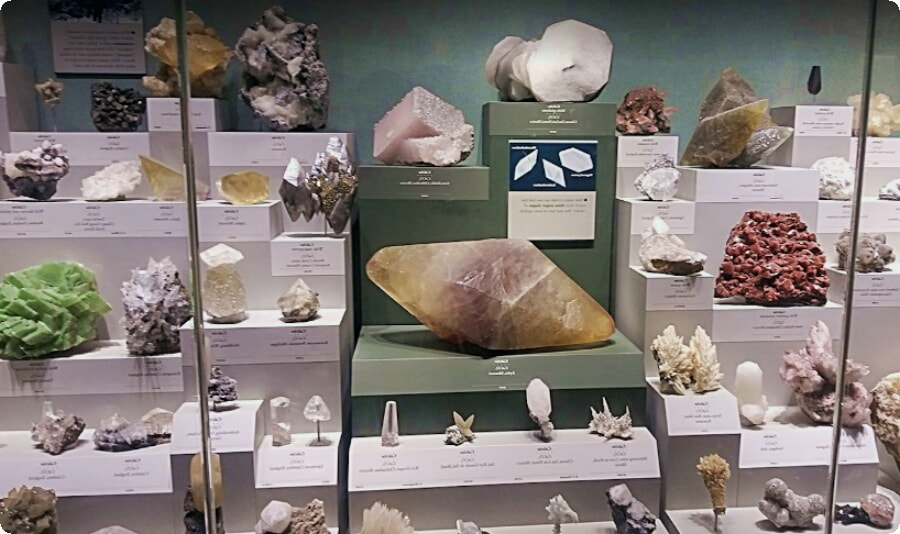
At present, the museum depository has about 15 thousand precious stones, about 350 thousand minerals, as well as 300 thousand names of ores and rocks. In addition to the above, there are approximately 45 thousand units of meteorite remains. The collection is presented in the hall, which bears the name of Janet Hooker.
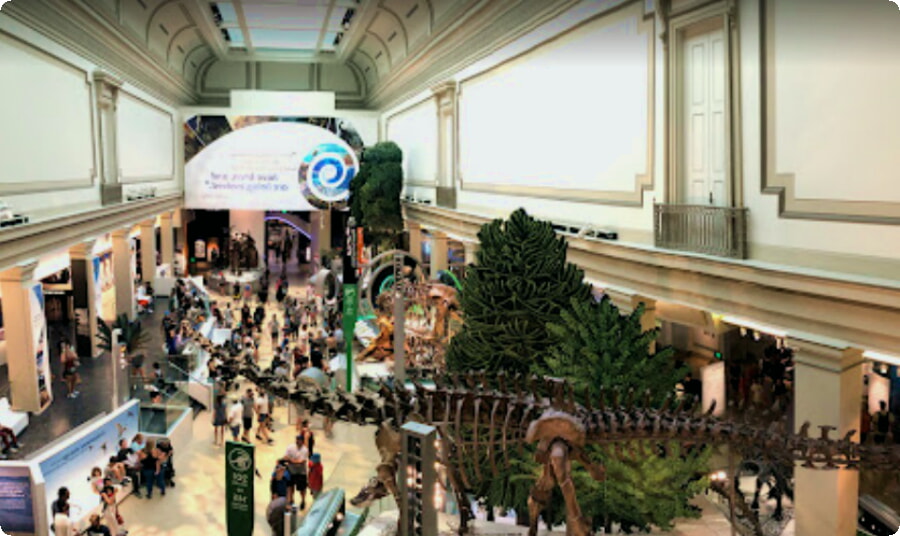
Also, in addition to Hooker, Washington Roebling (this person developed the project for the construction of the Brooklyn Bridge and transferred more than 15 thousand samples to the museum for storage), Frederick A. Canfield (transferred 9 thousand samples to the museum storage), as well as researcher Isaac Lea (he donated more than 1300 samples of minerals and precious stones to the museum collection).
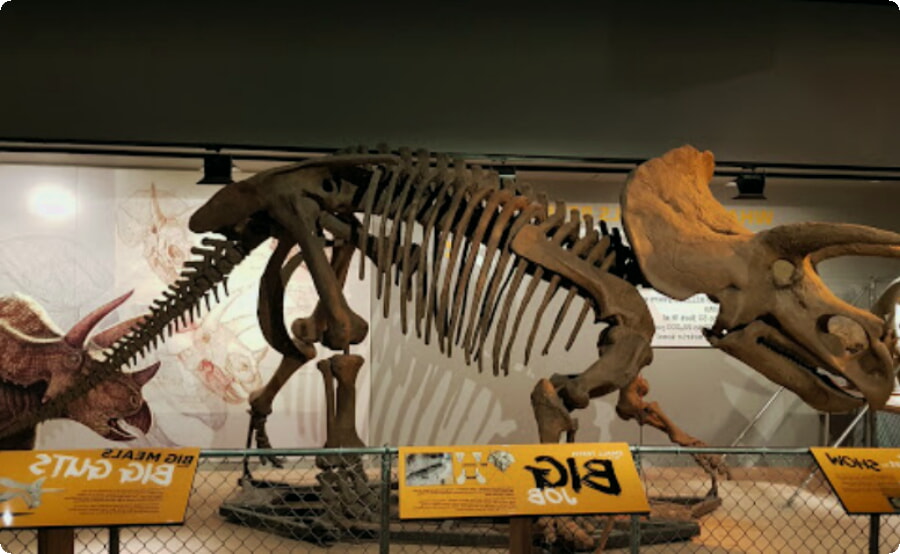
Hall of Human Origins. The Hall of Human Origins was opened to the public only in the spring of 2010, when the museum building celebrated its centenary since its completion. The hall of the premises is named after David Koch (he donated one and a half dozen million dollars for the further development of the national collection). The area of the hall is currently 1400 m. Samples of 75 skulls are stored here. Moreover, in this place there is an opportunity to see interactive information presented on the human family tree. In addition, on the territory of the hall there is a gallery “Changing the World”, which demonstrates the problems of rapid climate change, as well as the degree of human impact on the world around.
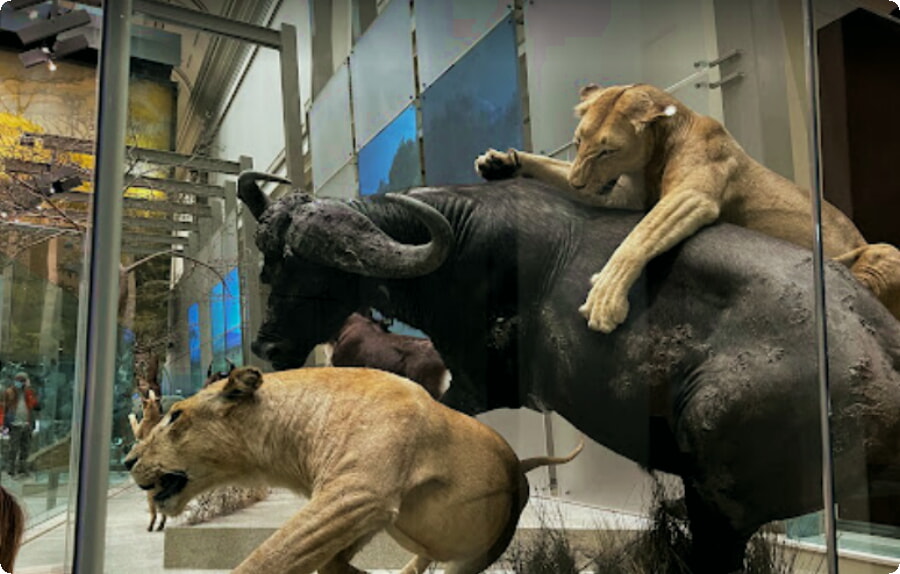
The main idea of the hall is called “What does it mean to be human” and demonstrates such facts of human evolution as the emergence of the world of symbols and bipedality. In this area of the museum, you can get acquainted with the large-scale research of the scientists of the Smithsonian Institution, which were carried out in the eastern part of the African continent.
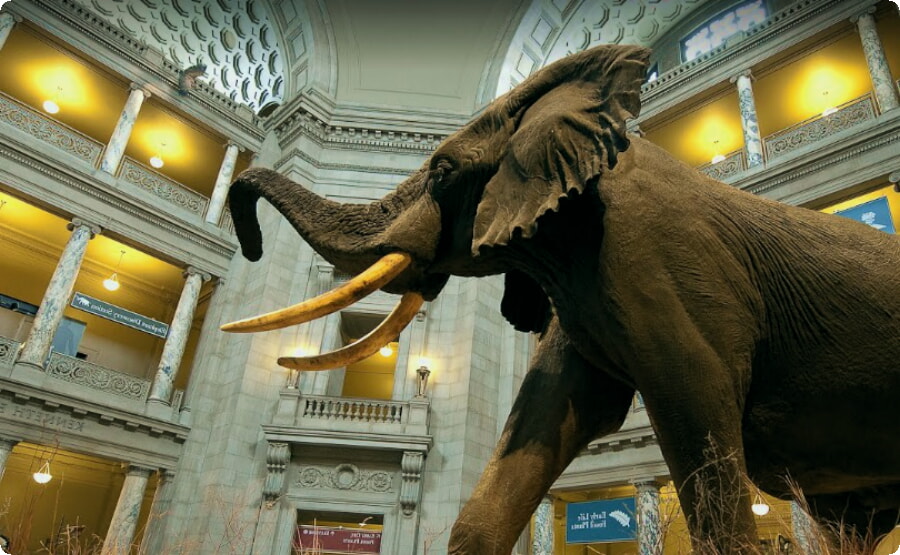
Every history lover will definitely appreciate the exhibits of the museum complex when visiting Washington.

